
News articles


Promoting collaboration on graphene studies
Short visit grants for the Graphene Flagship’s Partnering Division foster European joint efforts

Graphene applications: GRAPES
The next generation of solar power is just around the corner. the solar cells created by the Graphene Flagship's GRAPES Spearhead Project are a unique fusion of silicon and perovskite technologies, enhanced by graphene.
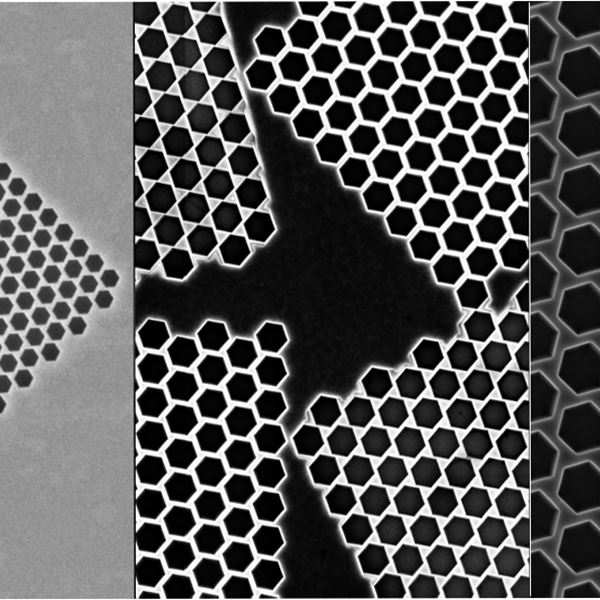
SMENA Catalysis AB develops layered materials with bespoke edges for gas sensing and hydrogen catalysis
The Swedish spin off pioneers a technology to control edges in transition metal dichalcogenides with close-to-atomic precision

Graphene applications: Circuitbreakers
The CircuitBreakers Spearhead Project, funded by the Graphene Flagship and led by industrial partners ABB, Nanesa and GraphMaTech AB, is developing a first-of-their-kind grease-free, maintenance-free, low-voltage circuit breakers for fault protection in key parts of the electrical grid.

You’ve got the power
The graphene technologies improving battery performance

New partnership between Steelhead Composites and Graphmatech to develop improved hydrogen storage tanks with graphene
Expected improvements include extreme temperature and pressure.

A playful 3D printed oasis showcases the potential of graphene-enriched cement free mortar
Materials science meets design and sustainability at Design London 2022: Versarien and designer Steuart Padwick display a low-carbon artwork.

Life cycle assessment of graphene and related materials
Graphene Flagship researchers published three studies related to the sustainable production of graphene related materials (GRMs) and their Life Cycle Assessment (LCA)
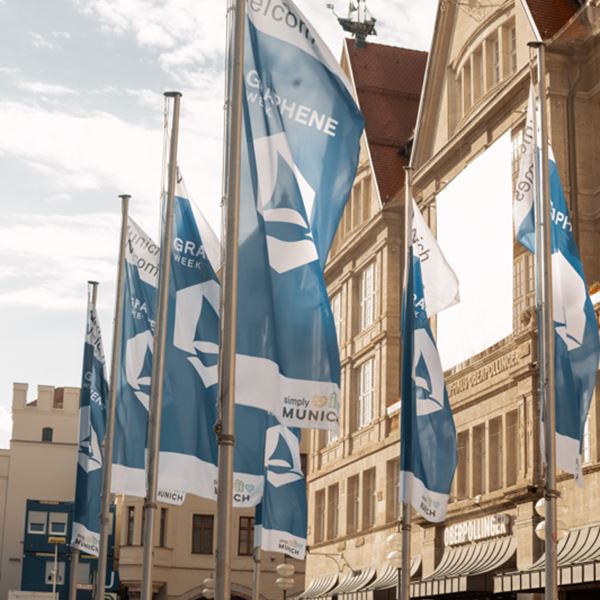
Graphene Week 2022: Where business met science
Graphene Week 2022, held at the awe-inspiring BMW Welt in Munich, Germany 5-9 September, brought together graphene researchers and industry to an unprecedented level.
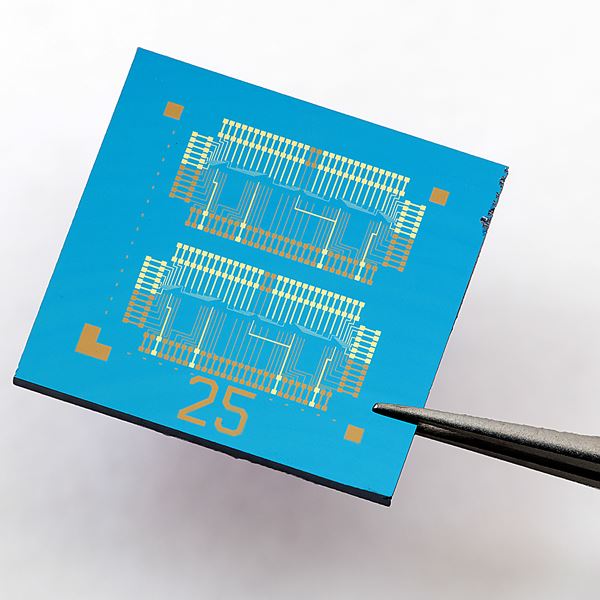
Combining computing and memory in a single unit with low-power electronics
MoS2-enabled logic-in-memory devices with the potential to outperform silicon
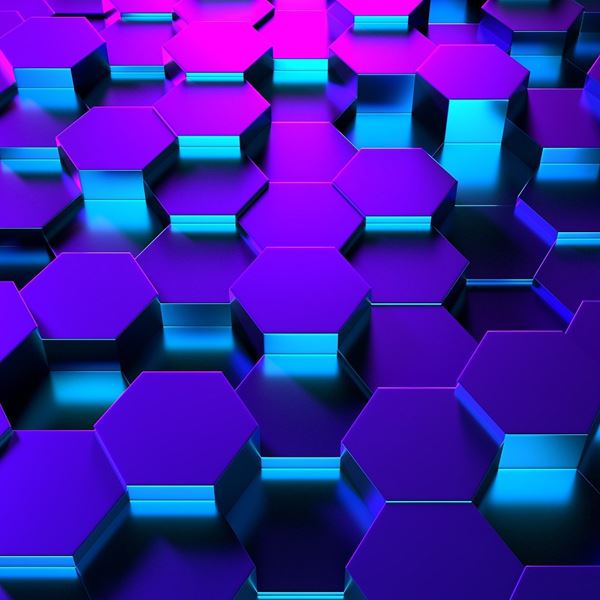
Bridging the gap between graphene’s quality and processability
Sixonia Tech develops customised formulations with electrochemical exfoliation
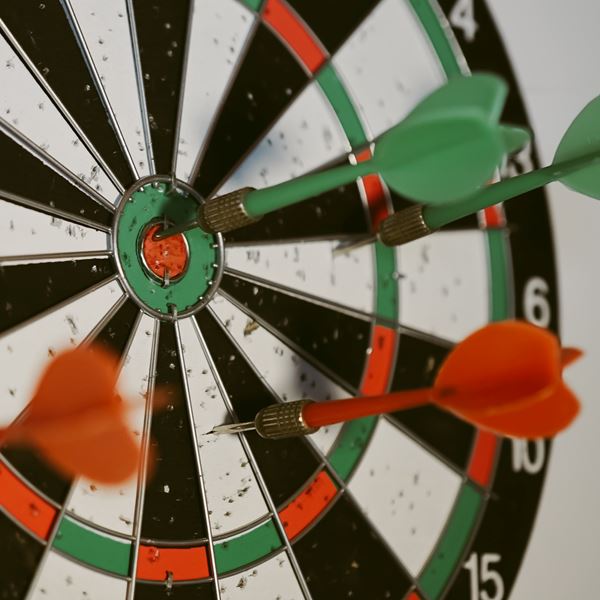
Graphene Flagship’s success stories unleash graphene potential in different applications
A selection of nine projects that are bringing graphene to the next level
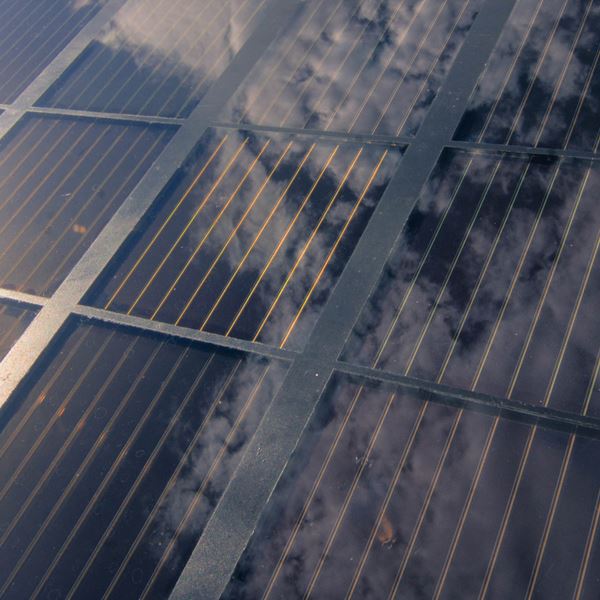
Graphene-enabled solar farm shines in performance
Solar panels comprising perovskite, graphene and related materials demonstrate their potential in outdoor tests.

Towards safer driving in adverse weather conditions
An interview with Qurv’s CTO about wide spectrum image sensors for computer vision applications in self-driving cars and other mass-market autonomous systems.
